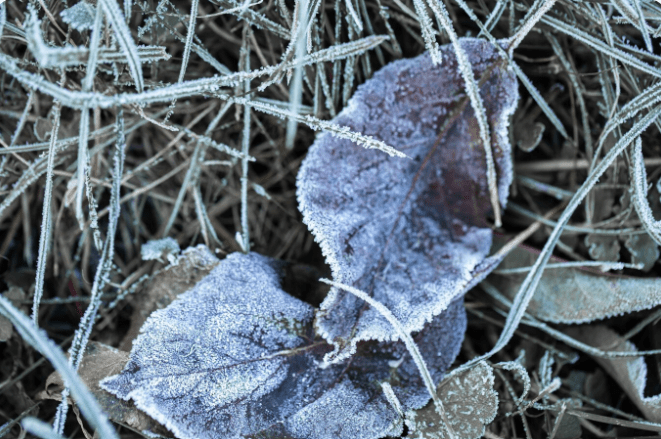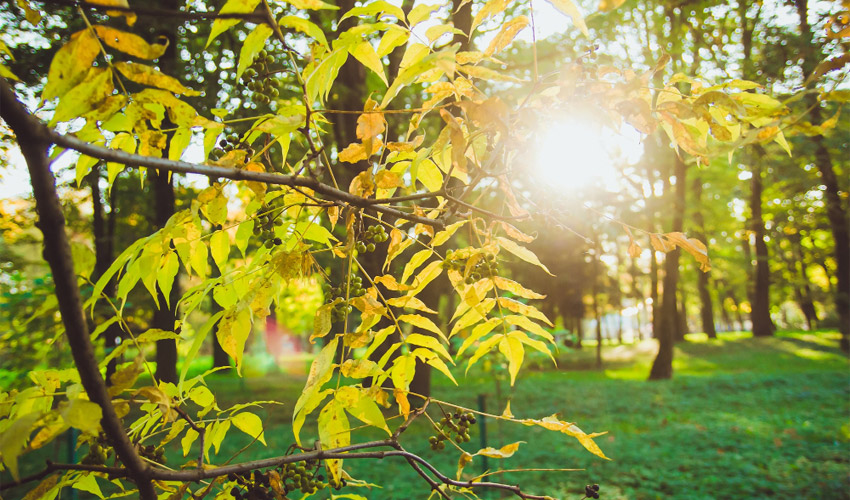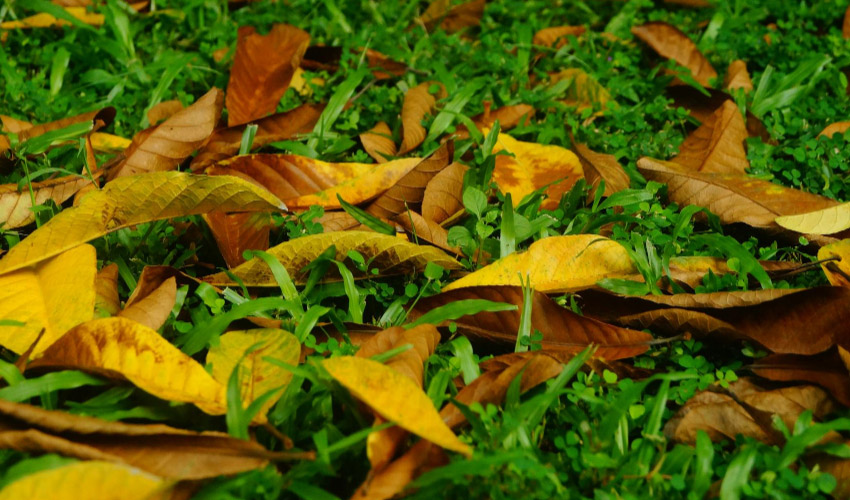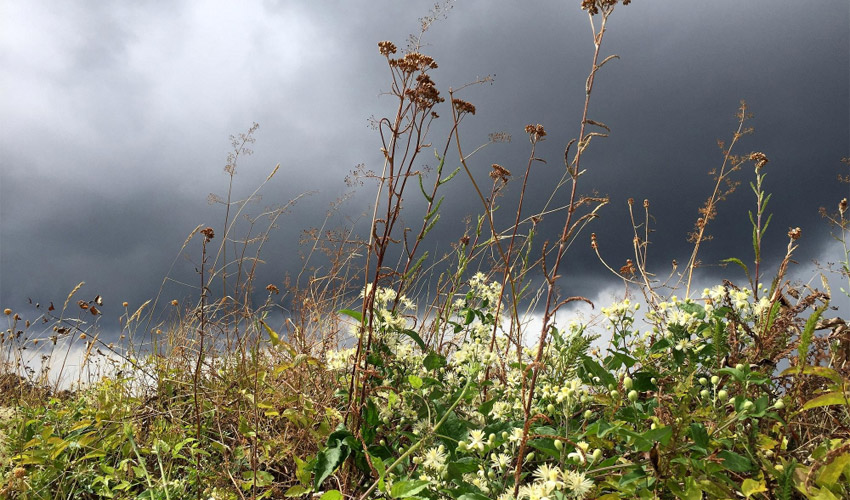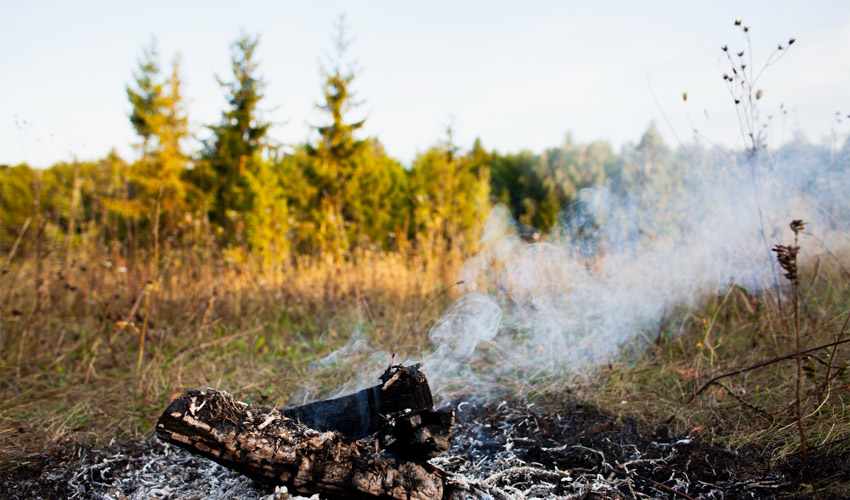Sudden winter colds can damage or even kill delicate, young plants in a matter of days. That’s why it’s essential to plan and learn how to protect plants from frost before the harshest part of the season sets in.
There are several simple and effective methods to protect vulnerable plants, and it’s always wiser to take precautions. Few things are more disheartening than waking up to find your carefully nurtured plants ruined overnight by an unexpected frost.
Table of Contents
ToggleWhat Plants Will Need Protecting?
Not every plant in your garden will need frost protection, but some types are especially vulnerable when temperatures drop. These typically include:
- Young seedlings or fresh growth
- Tender perennials
- Half-hardy species
- Tropical or subtropical plants like banana trees and palm varieties
Frost damage often shows up as wilted, blackened, or deformed growth. In evergreens, leaves might lose their color or turn an unusual shade of green.
If you’re unsure about a plant’s cold tolerance, it’s wise to check its specific hardiness zone and growing conditions. When in doubt, it’s better to be cautious, especially if a cold snap is in the forecast. Including frost protection in your winter garden plans can save you a lot of heartache.
Interestingly, some vegetables actually thrive after a touch of frost. Certain crops are not only frost-tolerant but can even taste sweeter after exposure to cold.
Protecting Plants from Frost
Learning how to protect plants from frost starts with understanding the number and types of plants you’re working with, but these tried-and-true methods are among the most effective.
Move Containers Indoors
One of the most effective ways to protect plants from frost is by bringing them inside. Tender plants in small containers or nursery pots are usually light enough to relocate temporarily. They don’t always need to be in a heated space. Placing them in a garden shed, enclosed porch, or garage often provides enough insulation during a light frost. However, if temperatures are expected to dip near or below freezing, it’s best to move them to a more insulated location to ensure better protection.
Cover Plants with Fleece
To protect plants from frost, gather old blankets, bed linens, or large towels and gently drape them over vulnerable plants. Use stakes to prevent the fabric from weighing down delicate stems, and ensure the cover reaches the ground on all sides to create insulation.
If wind is an issue, secure the fabric edges with bricks, stones, or other heavy items to keep them in place. Fleece generally offers better insulation than plastic or paper. For extra protection from rain or snow, you can layer a plastic sheet on top of the fabric, but always remove all coverings by midday to prevent overheating. Keep your materials nearby, as frosty nights often return throughout the season.
Use a Cloche
Another smart way to protect plants from frost is to use a cloche. Traditionally dome-shaped, a cloche acts like a mini greenhouse. You can make your own by cutting the bottom off a gallon-size milk jug and placing it over the plant. Press the edges about an inch into the soil for stability, and tie the jug’s handle to a stake so it doesn’t blow away.
At night, keep the lid on for full protection. During the day, open or remove the lid to allow air circulation and prevent the plant from overheating.
Water Thoroughly Before Frost
Surprisingly, watering your garden can help protect plants from frost. Damp soil retains heat much better than dry soil up to four times more. That warmth gradually radiates upward, keeping the area around your plants a few degrees warmer, which can make all the difference on cold nights.
Before a frost is expected, give your plants a deep watering. Then, for added protection, cover them with a cloche or breathable fabric to lock in the warmth.
Add Mulch
Mulching heavily shredded bark, straw, or compost can help trap heat in the soil and insulate roots from the cold.
If frost is in the forecast, mound mulch over the base of the plant the night before. Once the temperatures rise again, pull the mulch back to avoid trapping excess moisture. This method works best for hardier plants or small garden areas and isn’t recommended for fragile seedlings or large planting beds due to the mess and effort involved.
FAQs
What materials work best to protect plants from frost?
To effectively protect plants from frost, you can use materials such as burlap, old bed sheets, lightweight blankets, towels, cheesecloth, or multiple layers of newspaper.
Is it okay to use plastic bags to cover plants during frost?
Plastic can be used, but it’s not ideal. Unlike fabric, plastic doesn’t allow moisture to escape, which can cause condensation to build up underneath.
What does frost damage look like on plants?
Signs of frost damage usually appear as limp, blackened, or wilted leaves and stems. Flowers may shrivel, and young seedlings might collapse entirely. In some cases, only the top growth is affected. If so, you can prune away the damaged parts, and the plant may recover once warmer conditions return.

